Porta San Sebastiano
A major gate in the Aurelian Wall leading to the Appia way – the major route to the south. There is a small museum “Museo delle Mura”. Just inside the gate there is the Arch of Druso and the Colonna Miliaria.
Sede Parco Appia Antica
A large area around the Appian way has been turned into a park and conservation area. The information centre provides useful maps and suggestions. Cycles can also be rented.
Next to the information centre is the Quo Vadis church located at the point were St Peter’s had an apparition of Christ.
Valle della Caffarella
Follow the footsteps of romantic poets along lovely walks in a pastoral setting dotted with ancient ruins that have not changed from the days of Byron, Keats and Goethe.
“Egeria! sweet creation of some heart
Which found no mortal resting-place so fair
The mosses of thy fountain still are sprinkled
With thine Elysian water-drops; the face
Of thy cave-guarded spring with years unwrinkled,
Reflects the meek-eyed genius of the place,”
Lord Byron.
Catacombe di S. Sebastiano (via Appia Antica alt. Basilica)
The largest catacombs in Rome.
Tomb of Romulus
Mausoleum to emperor’s son buried here in 309 AD.The mausoleum is similar in shape to the Pantheon.
Circus Massenzio
A chariot race-track accommodating 10,000 spectators.
The Circus of Maxentius is part of a complex of buildings erected by emperor Maxentius on the Via Appia between AD 306 and 312. It is situated between the second and third miles of the Via Appia between the basilica and catacombs of San Sebastiano and of Caecilia Metella. It is part of the Parco Regionale Appia Antica (Appian Way Regional Park).
Cecilia Metella
An imposing late republican tomb dedicated to Caecilia Metella who was the daughter of Quintus Caecilius Metellus Creticus, a consul in 69 BC, and wife of Marcus Licinius Crassus (quaestor), son of the famous Marcus Crassus who served under Julius Caesar. Also in the area is the Castello Caetani, Chiesa di S. Nicola, and Torre di Capo Bove.
Villa dei Quintili
Quintili Villa was the largest and most sumptuous residence of the Roman “suburbium”. Located beyond the fifth milestone along the Via Appia Antica just outside the traditional boundaries of Rome.
Casal Rotondo
Casale Rotondo (round farm) is the largest tomb on Via Appia and its top is occupied by a small farm. Some of the decorations which adorned the structure are reassembled on the adjacent wall.
![]()

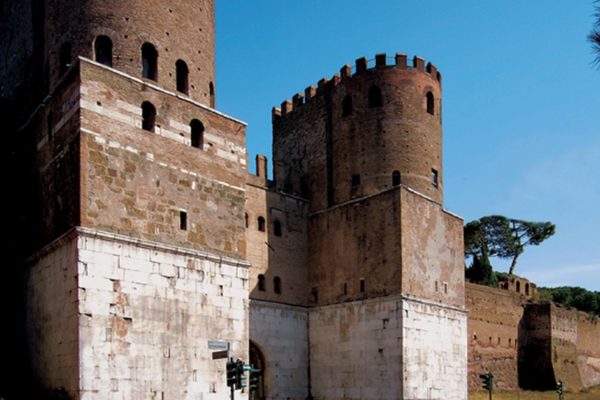
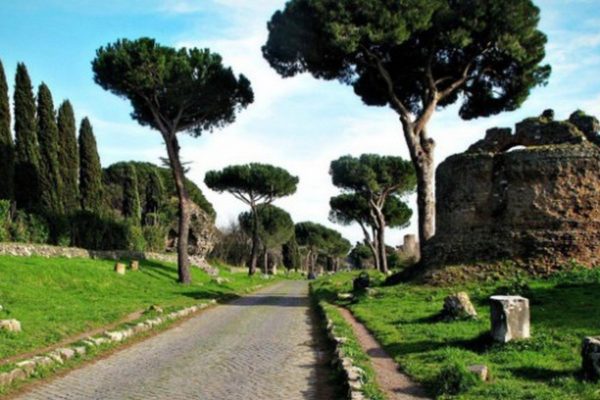
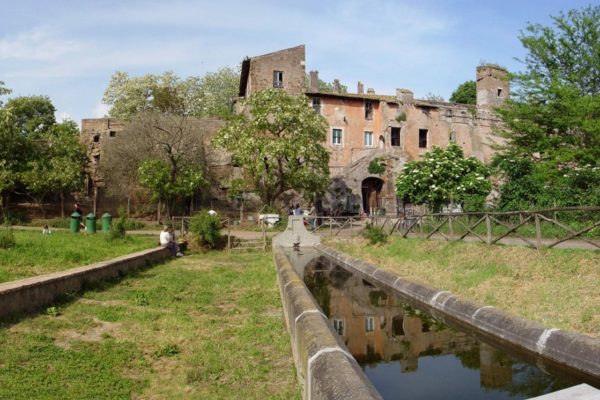
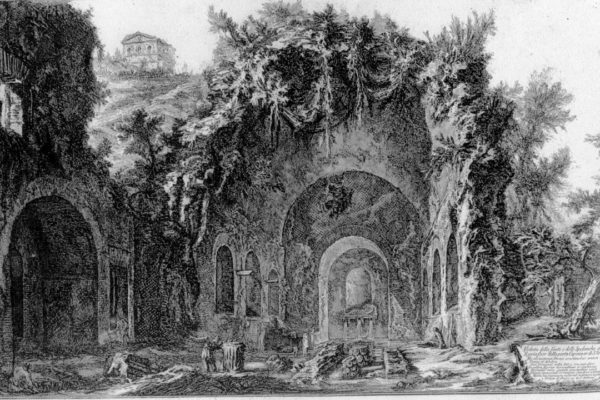
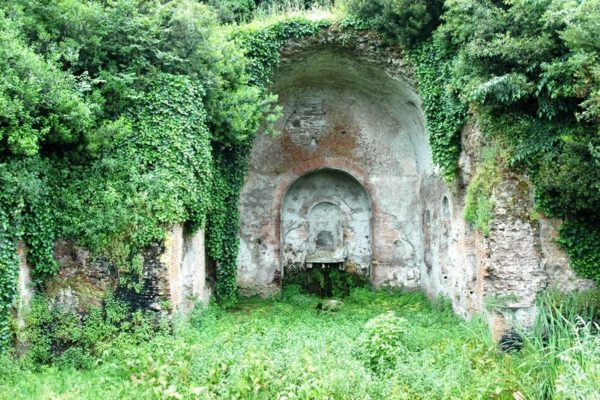
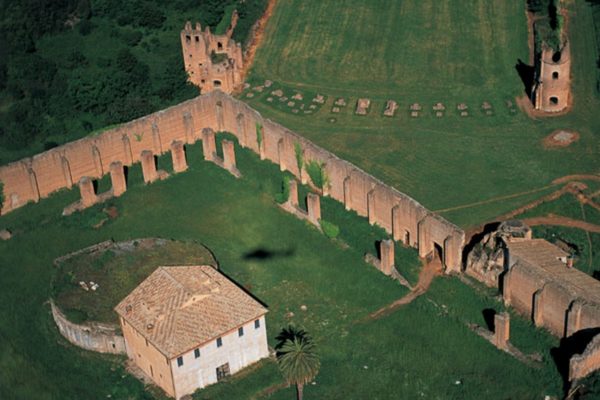
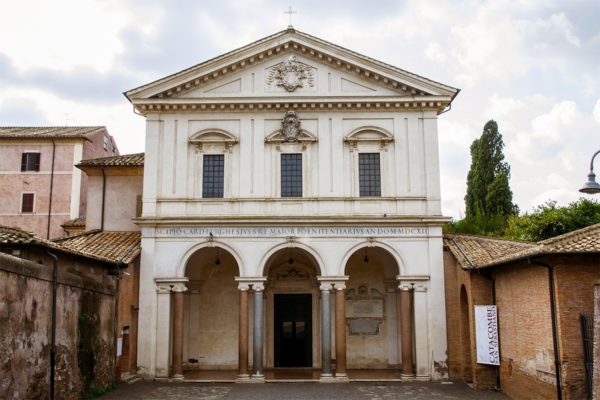
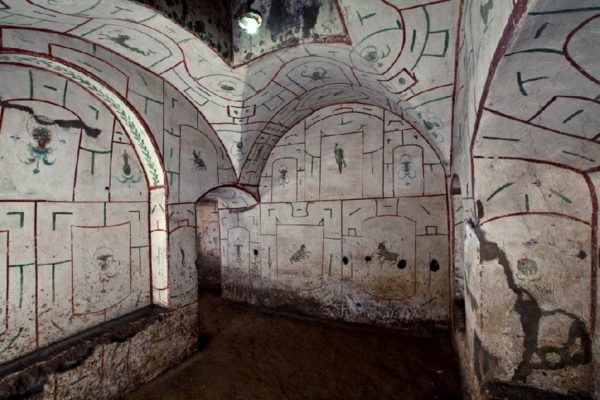
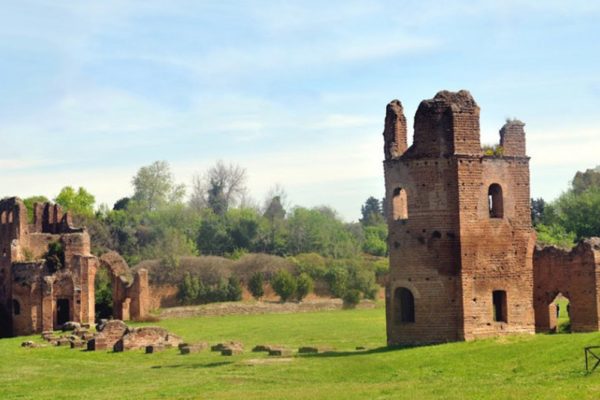
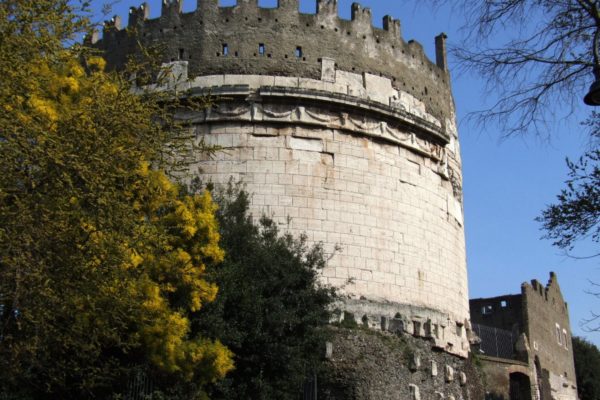
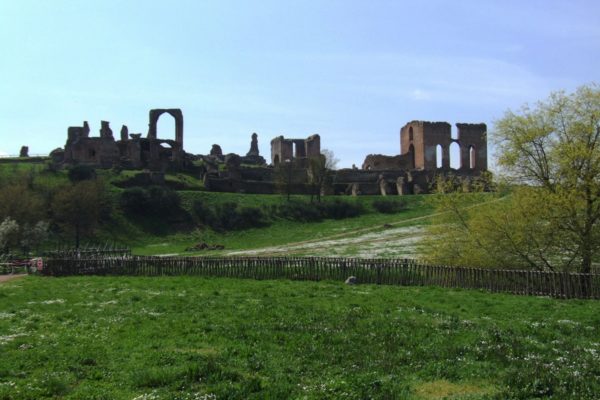
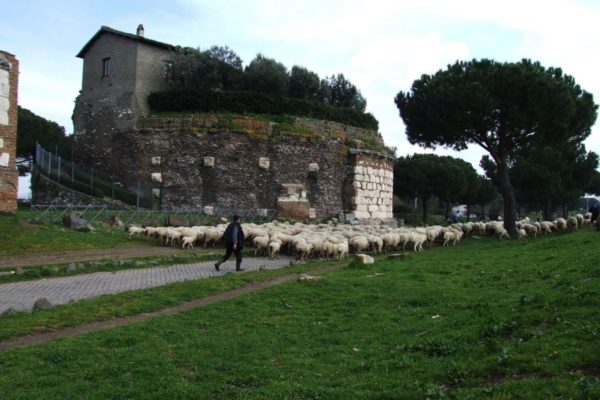


 NEWS AND EVENTS
NEWS AND EVENTS



